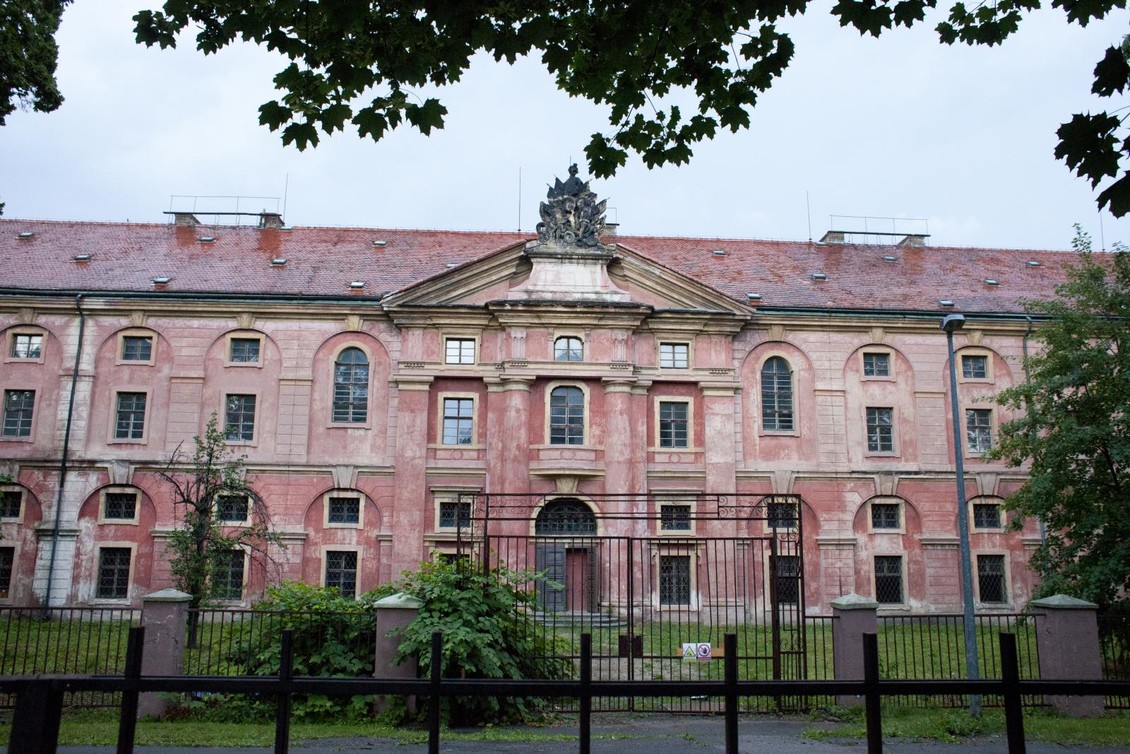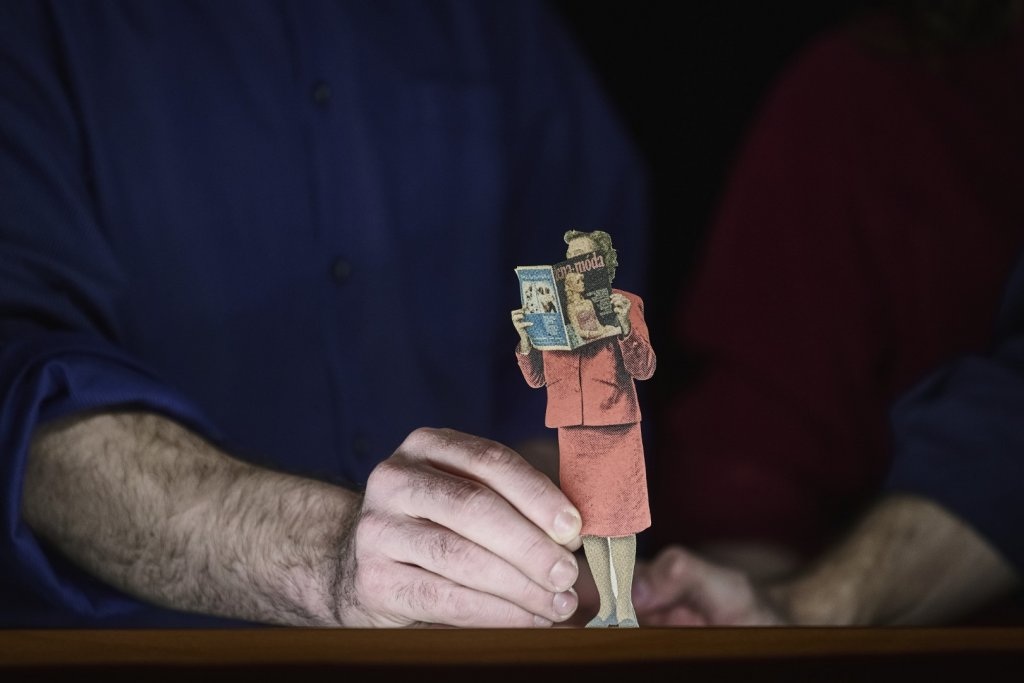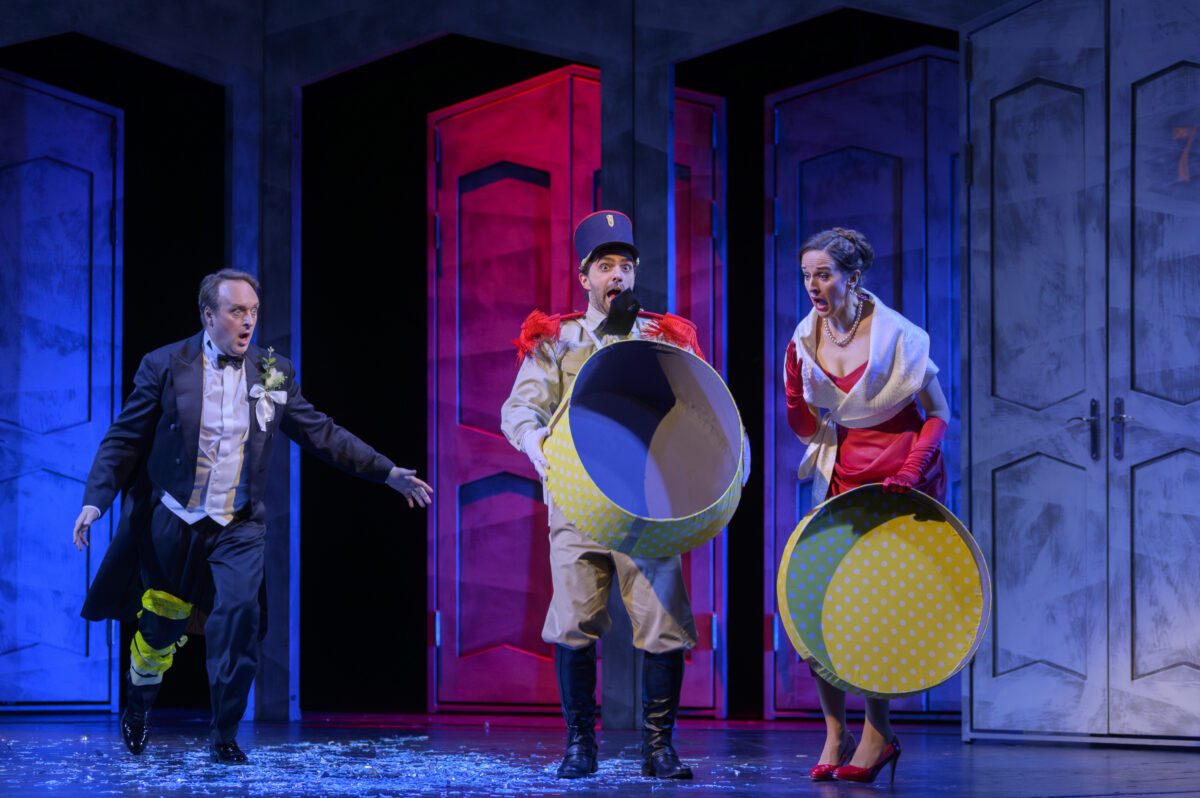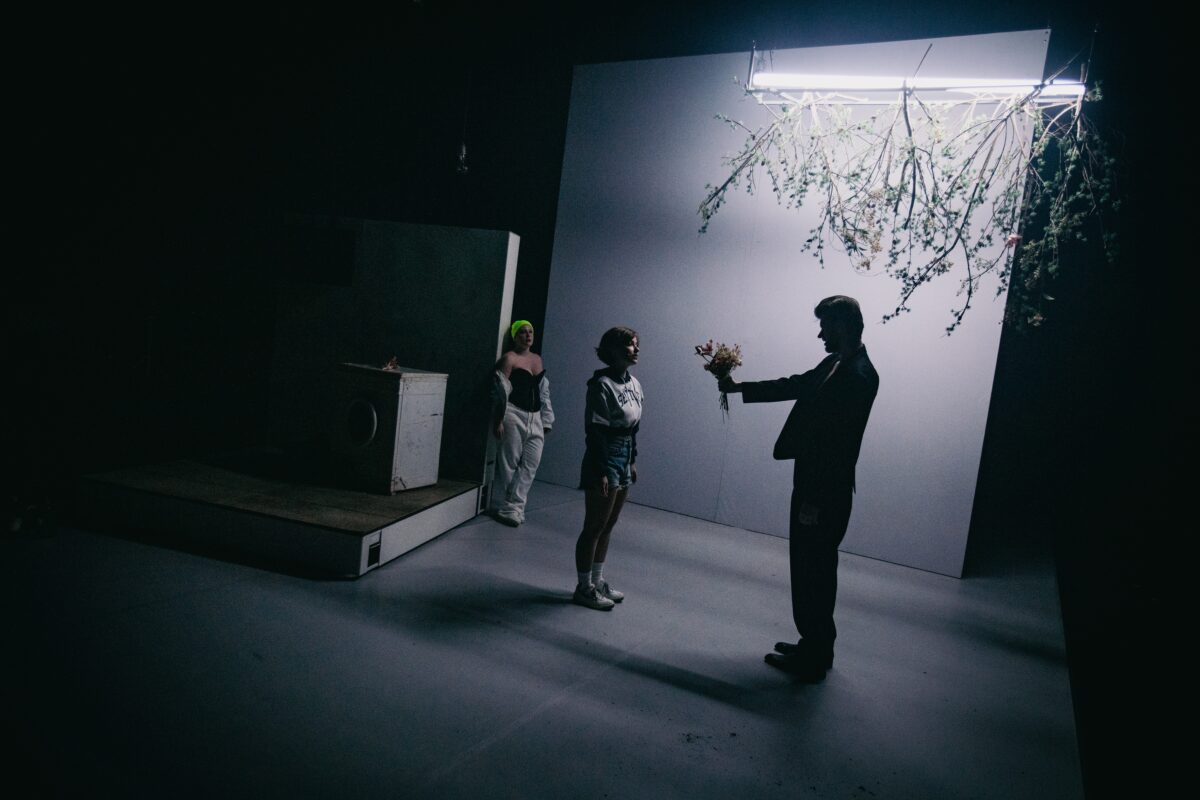The ALTA Studio was founded 11 years ago as a space for creating and staging the art of dance in particular; it developed and changed into the center putting together art and various communities.
“The relocation of the ALTA Studio to a national cultural property with impressive history is a responsible step for us, which is going to strengthen the mission of our organization – to cultivate people and their neighborhood, build a creative environment linked to the history of the place, offer a high-quality artistic program in the international context, and to provide activities for local communities,” said Lucia Kašiarová from ALTA Studio.
Studio ALTA will launch the program in Invalidovna on May 6. The studio is going to keep putting on dance and theatre performances, film screenings, exhibitions, and community events. It will also extend residential spaces and studios.
The monumental building of Invalidovna in Prague was built in 1731 – 1737 by the important Baroque architect Kilian Ignaz Diezenhofer, who received the order from Emperor Charles VI. The building was funded by a private foundation for war veterans, disabled and old soldiers.
Due to the lack of money only one ninth of the planned complex was built eventually. The finished part provided the asylum for almost 1,000 inhabitants and the highest documented number of accommodated people reached 1,400 people. Invalidovna was a rather self-sufficient organism, which provided its inhabitants with everything, included accommodation, a regular supply of food and clothes. One of the most famous Invalidovna inhabitants was Josef Sudek in the 1920s, who later became an outstanding photographer and took a series of photographs From Invalidovna.
The National Heritage Institute took Invalidovna over from the Office of Government Representation in Property Affairs in 2018, after the state was unsuccessful in selling the property in an auction for approximately 640 million CZK. When the reconstruction is finished, the NHI wants to use the building as an information center and café, other spaces should be occupied by NHI and Ministry of Culture offices, educational activities, and local community. Preservationists say the reconstruction should finish in 2024 – 2025.

 Learn
Learn







